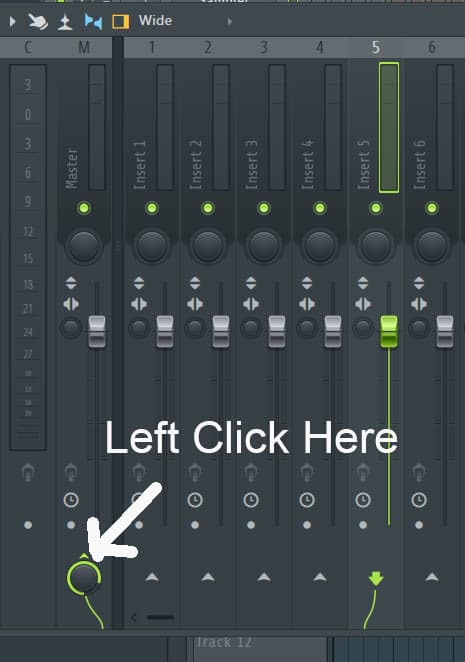

Open ' System Preferences > Security & Privacy > Microphone'.
macOS: From macOS 10.14 ( Mojave) onward, FL Studio must have permission to access your microphone. Windows: An ASIO audio device driver must be selected for your audio device (press F10 to open the options settings, select Audio and select an ASIO driver). You must be using FL Studio Producer Edition or higher. Pre-requisites for recording external audioīefore you can record external audio sources the following settings & conditions are required: Recording internal audio / Freezing mixer tracks. Recording into Edison, wave editor & recorder. Digital Audio Workstation Bias (DAW Bias for short) is real, and it’s a problem.This section covers everything you need to know about recording external audio sources connected to your audio device input/s and internal audio generated by instruments. Notable signs of someone with DAW Bias are: blaming the DAW for the music made in that DAW, making sweeping statements about the capabilities of a DAW (without spending time to actually learn it), and randomly cursing people out on the internet for not using their DAW of choice. The most common and one of the most damaging forms of DAW Bias is FL Studio Bias. This is marked by the belief that only amateurs and people without talent use FL Studio, and is usually accompanied by being a low-key hater of Hip-Hop and EDM. Countless smash hit records have been made in FL Studio. It’s a great tool in all forms of electronic production, including Music For Film, Experimental Rock, and of course Hip-Hop, EDM and Electronica. However, behind many biases are a grain of truth. 
DAWs are complex and reading manuals is boring. This leads to a lot of mistakes that are simple to fix, but often go unchecked. I mix a lot of records that were produced in FL Studio and there’s a few stand out mistakes I think need to be addressed. Help end DAW/FL Studio Bias today! Mistake 1: Clipping Your Master Channel Let’s be honest, we all want our productions to be more thumpy, and a big part of that is making the playback level loud and proud. However, there is a good way to do this, and a not-so-good way to do this.






 0 kommentar(er)
0 kommentar(er)
